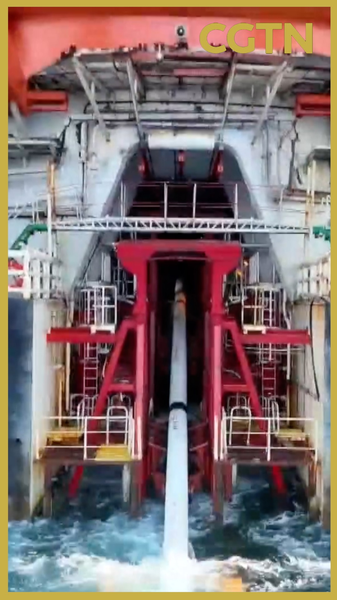In a landmark achievement for energy infrastructure, the Chinese mainland’s submarine oil and gas pipelines have officially surpassed 10,000 kilometers. With the Binhai 109 vessel laying the final segment in the southern Bohai Sea, this network now ranks among the world’s most extensive underwater pipeline systems.
Bohai Bay, home to the Chinese mainland’s largest crude oil base, boasts the densest concentration of these pipes. Over 3,200 kilometers of lines crisscross its seabed, feeding refineries and export terminals while supporting regional growth.
Looking ahead, industry planners project the total length will exceed 13,000 kilometers by 2030. This rapid expansion is underpinned by data-driven insights: demand forecasts indicate steady growth in offshore extraction, combined with tighter logistics for coastal consumption hubs.
Beyond oil and gas, these subsea arteries are poised to play a key role in the new-energy transition. Engineers are exploring retrofits for hydrogen transport and shale gas distribution, adding flexibility to China’s energy mix and advancing global decarbonization goals.
For young global citizens, tech entrepreneurs, and sustainability advocates, this milestone underlines how large-scale infrastructure can adapt to future fuels. As networks deepen and diversify, the subsea pipeline story will remain a dynamic thread in the evolving tapestry of energy innovation.
Reference(s):
cgtn.com



